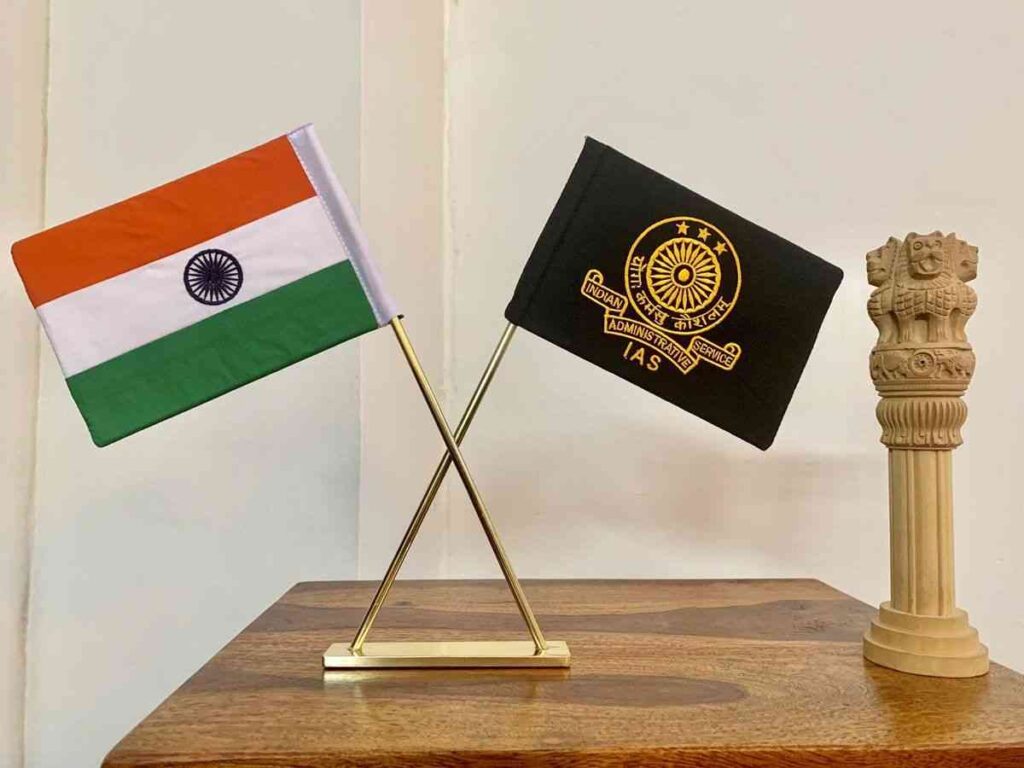 Jobs
Jobs
What is the Hierarchy and Rank of Indian Police…
The Indian police force is responsible for enforcing the law and maintaining public order. They play an important role in supporting the country’s court system and are essential in promoting the well-being of society. Understanding the Indian police rank system can help individuals decide if a career in the police force is ideal for them.

The hierarchy of police ranks and their insignia can vary from state to state due to the 7th Schedule of the Indian Constitution, which states that law and order is the responsibility of the state. However, the traditional state police force structure and rank insignia in India include:
DGP (Additional Director General of Police): Crossed sword, baton, and state emblem
Inspector General of Police (IGP): Crossed sword, baton, and a single star.
DIG (Deputy Inspector General of Police): State emblem with three stars
SSP (Senior Superintendent of Police): State emblem and two stars
Police Superintendent (SP): State emblem and one star
ASP (Additional Superintendent of Police): State emblem
DSP (Deputy Superintendent of Police): 3 stars Inspector: Three stars and a 12″ wide ribbon, half red and half blue, worn horizontally, red facing the stars.
SI (Sub-Inspector): Two stars with a 12″ wide ribbon, half red and half blue, worn horizontally, red facing the stars.
ASI (Assistant Sub-Inspector): One star and a 12″ wide ribbon, half red and half blue, worn horizontally, red facing the stars.
Head Policeman: Three stripes on the upper section of the arm sleeve
Police Constable: No badges
The Indian police force has four tiers of recruitment: constabulary, higher subordinate, state police service, and Indian police service. The principal functions and salaries of various police positions are determined by the Seventh Central Pay Commission, which outlines the following:
- Police Director General (DGP) Salary: $2,25,000 per month including allowances Responsibilities: The DGP is the chief of police and provides advice to the government on police force management. They are the key authority for directing critical operations such as suppressing widespread strikes, people movements, protests, or political movements.
- Additional Police Director General (ADGP) Salary: $2,05,400 per month + benefits Responsibilities: The ADGP assists the DGP and assumes their responsibilities when they are absent. They provide advice on crime, administration, law and order, and technical and specialized services within the department. The state government determines the ADGP’s functions, powers, and responsibilities.
- Police Inspector General (IGP) Salary: $1,44,200 per month plus allowances Responsibilities: The IGP works in ranges or units to assist the DGP or ADGP with administrative concerns under the scope of the department units under their supervision. They have complete financial and administrative authority over the department and conduct inspections on all units under their command.
- Police Deputy Inspector General (DIG) Salary: $1,31,100 per month plus various allowances Responsibilities: The DIG is in charge of the range while the IGP is in command of the zone. The DIG’s responsibilities are comparable to the IGP’s and they can assist the DGP, ADGP, or IGP on issues under their purview.
- Police Superintendent (SP) Salary: $78,800 per month including allowances Responsibilities: The SP is responsible for the management of police in a district and cooperates with the magistracy and other officials and non-officials











